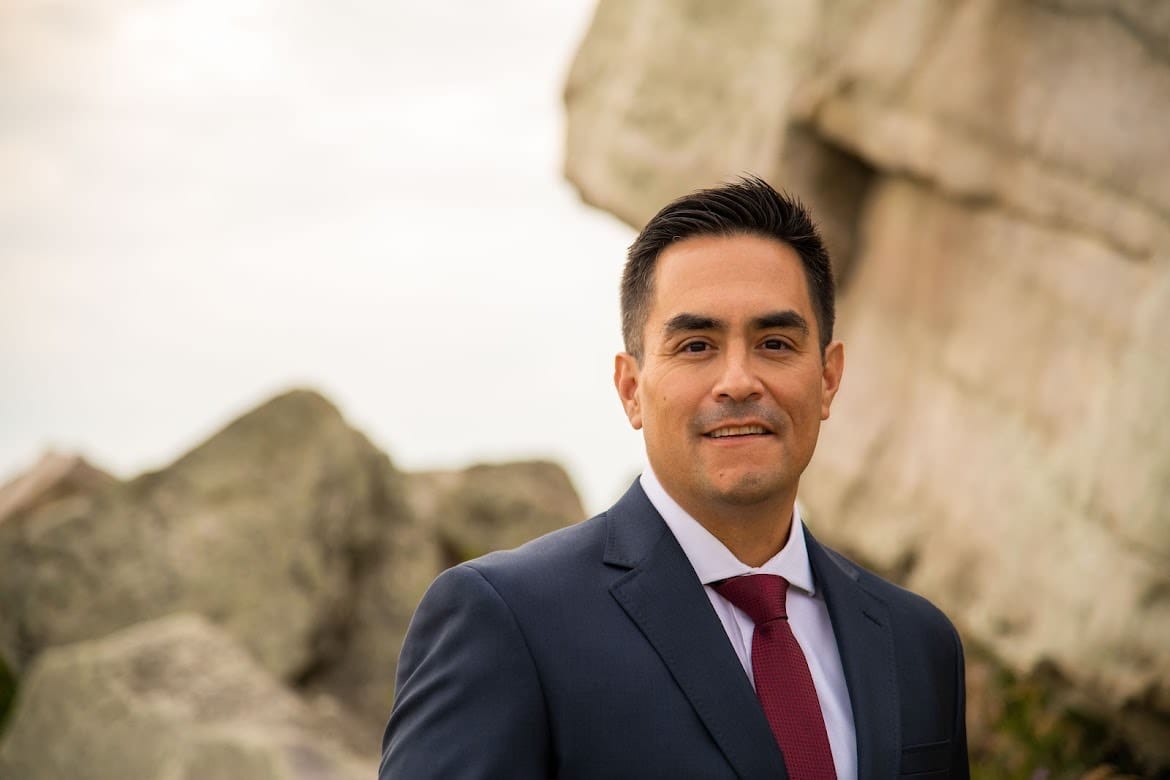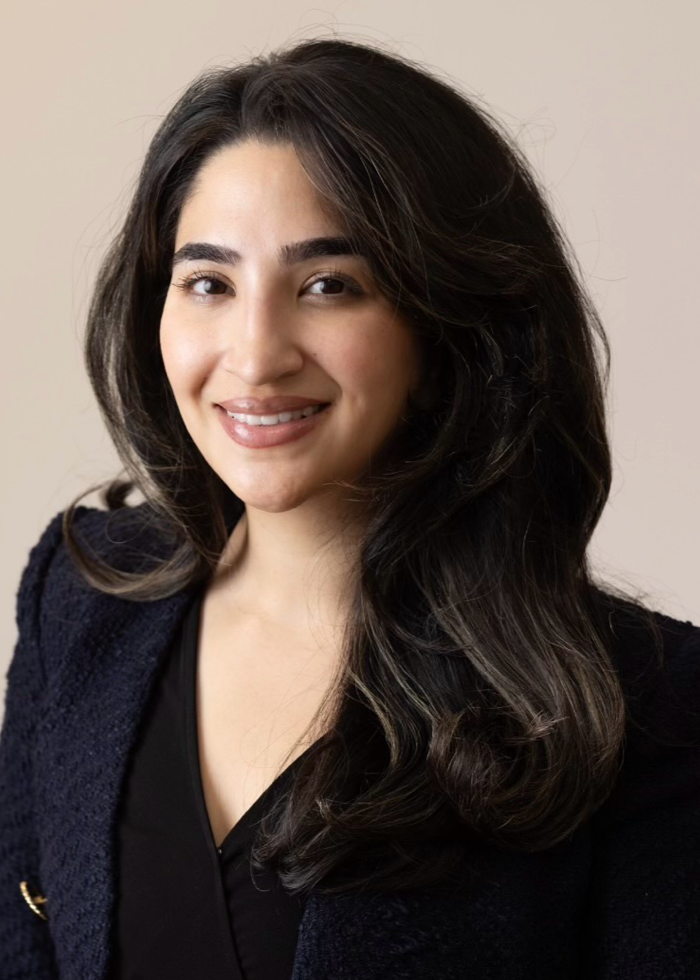Tribal Law 101
Attorney Samuel Crowfoot says Tribal law helps indigenous people protect not just their sovereignty, but their culture.

A version of this story first appeared in the Raise the Bar newsletter. To get it in your inbox, sign up for free by clicking here.
By Emily Kelchen | for Raise the Bar
Our laws reflect who we are and what we value as a society. That’s one of the reasons why Attorney Samuel Crowfoot, who serves as an elected political leader for the Siksika Nation (Blackfoot) in Alberta, Canada, thinks it is important for Native and non-Native attorneys to educate themselves about tribal law. It is something that has always existed, but it is now being deployed in a way that helps indigenous people protect not just their sovereignty, but their culture.
I’ve seen some news stories over the past few years about Tribes and First Nations using the legal system to reassert control over land and cultural artifacts, but you say that is only part of the story. What else is going on in the world of tribal law that non-Native attorneys should be paying attention to?
Another key development is the strengthening of justice systems, including the creation of tribal courts and the implementation of restorative justice practices.
Many non-Native lawyers are unaware that tribal systems of dispute resolution and governance never disappeared. We have always had our own ways of handling justice, and those traditions remain vibrant and effective today.
Are there unique challenges that arise when it comes to adapting customary law to modern legal frameworks?
From my perspective, one of the greatest challenges in tribal law is balancing our cultural teachings with a colonized legal system that does not share our values. We must preserve the essence of our traditions while operating within an adversarial legal structure.
One example is the termination of parental rights. In some tribal cultures, a parent’s rights cannot be revoked, whereas state and provincial systems allow for termination. These differing perspectives can create legal conflict and tension between systems.
That seems like it would be impossible to reconcile. How do you go about merging law and tradition? Or do you?
Recently, provincial court judges have reached out to Siksika, seeking cultural education to better inform their rulings involving Blackfoot people. With 72% of children in government supervised care being from the First Nations, this willingness to learn represents a meaningful shift—and a reason for hope. I remain optimistic about the progress we can make through continued collaboration and cultural respect.
What about in the tribal court system?
The incorporation of cultural practices into tribal court processes varies by nation. For example, the Ho-Chunk Nation in Wisconsin operates a traditional tribal court conducted entirely in the Ho-Chunk language.
In Siksika, we have an Alternative Dispute Resolution program, Aiskapiihmohkiiks. It effectively mediates conflicts that might otherwise escalate into criminal matters. When parties reach an agreement, provincial courts have respected and enacted those resolutions, reinforcing the legitimacy of our processes.
It sounds like things might be moving in the right direction?
I’m optimistic about the future of tribal law because we have survived and prevailed in the face of many legal challenges. Although threats to tribal sovereignty persist, there is still important work to be done—and I believe in the progress we’re making.
You're all caught up!
Thanks for reading today's edition! You can reach the newsletter team at raisethebar@mynewsletter.co. We enjoy hearing from you.
Interested in advertising? Email us at newslettersales@mvfglobal.com
Was this email forwarded to you? Sign up here to get this newsletter every week.
Raise the Bar is written and curated by Emily Kelchen and edited by Bianca Prieto.




Comments ()